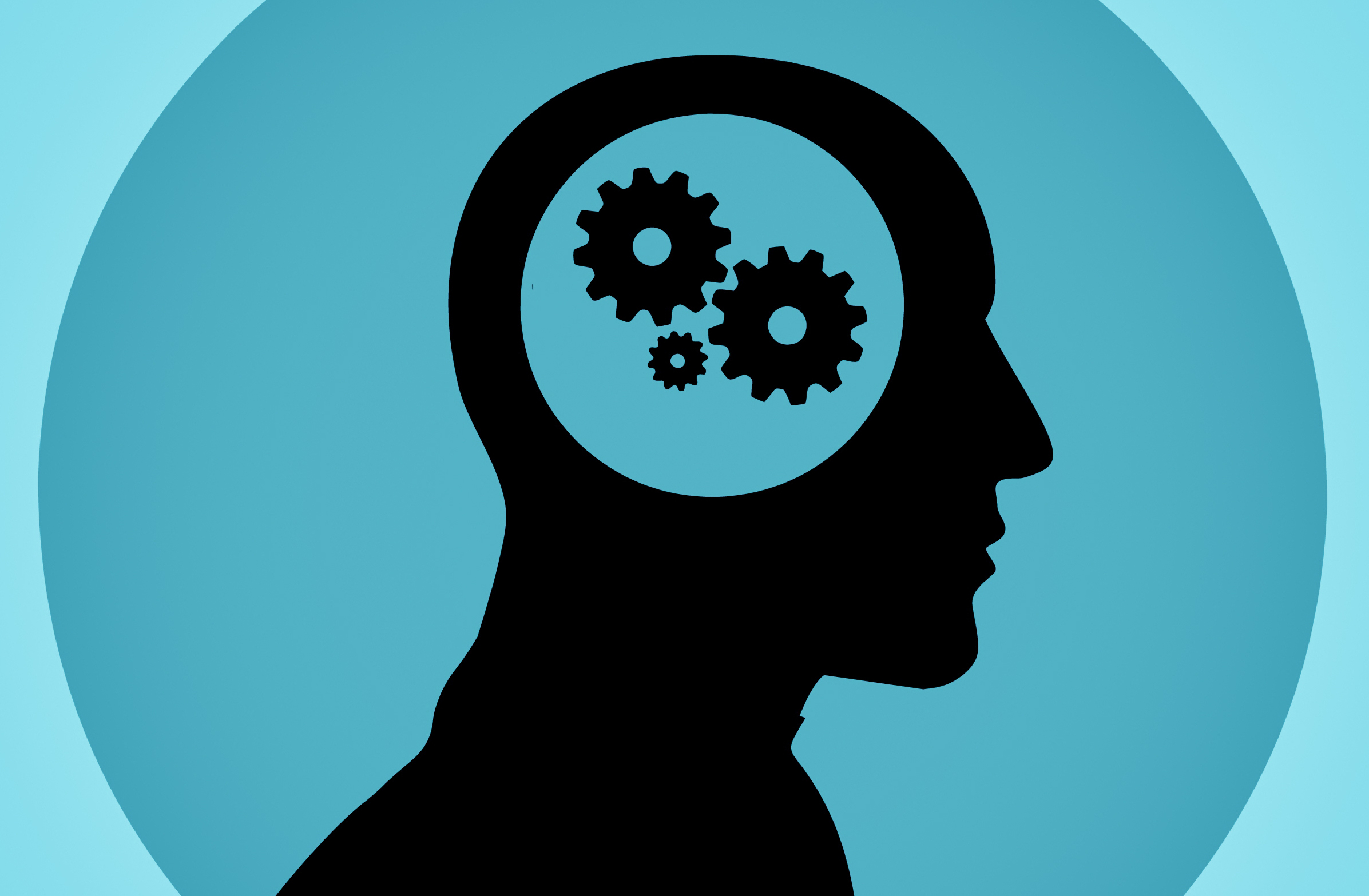Unconscious bias training – why it does work in business
Suzanne Locke 23 February 2023
In an old riddle given to children decades ago, a father and son are rushed to hospital after
a car crash. When
the boy is taken in for an operation, the doctor says, “I cannot operate, because this is my son.” How is this
possible? The doctor is a woman; the boy’s mother.
We all have biases: how a person thinks depends on their life experiences. But sometimes we
have beliefs and
views about other people, based on social or identity groups, that might not be right or reasonable.
Put simply, bias means “the fact of preferring a particular subject or thing” but the
preferred definition today,
according to Collins dictionary, is “the action of supporting or opposing a particular person or thing in an
unfair way, because of allowing personal opinions to influence your judgment”.
Naming the bias problem
An unconscious bias (that the person with the bias is not aware of) can influence decisions
in recruitment,
promotion, and performance management,
Collins says. This is also known as implicit bias.
Unconscious bias could be about age, authority, beauty, gender, names – even height.
In a study carried out from 2016-17,
researchers sent fake CVs and cover letters for 3,200 jobs. Despite
showing identical qualifications and experience, applicants named ‘Tariq’ or ‘Adeola’ had to send 60 percent
more applications to get the same number of callbacks as applications by ‘James’ and ‘Emily’.
It is not a standalone solution but can be combined with pragmatic and ongoing solutions to
bias (more on this
later).
Aurora50 uses unconscious bias training in
Table
Talks, a series
of curated group conversations that unlock the power of candid discussion to allow everyone to feel heard.
Why we need to understand our own biases
- Avoid errors: Bias can lead to errors in judgment and decision-making. If you are aware of your own
biases,
you can take steps to avoid these errors and improve your performance.
- Enhance decision-making: Bias can cloud your judgement. By understanding bias, you can make more
rational,
data-driven decisions.
- Improve communication: Bias can affect how you communicate with others. When you can see other people’s
biases, you can tailor your communication style to avoid misunderstandings.
- Promote diversity and inclusion: Bias can lead to discrimination, and the exclusion of certain groups.
By
actively working to overcome it, you can create a more inclusive, diverse environment that fosters
innovation and creativity.
- Build empathy: Bias can prevent you from truly understanding others’ experiences. Once aware of it, you
can
better understand the perspectives of those around you and empathise more, leading to better
relationships
and collaboration.
Training your team to identify and understanding their own biases can help your business to:
- make more informed decisions
- communicate more effectively
- build stronger relationships.
This all leads to improved performance at work – and in life.
Contact
Aurora50 if you would
like to discuss unconscious bias training as part of your organisation’s DEI strategy.
Unconscious bias at work: Four company case studies
- Wells Fargo: In 2016, Wells Fargo faced scrutiny after it was revealed that employees
had
created millions of fake accounts to meet sales quotas. The scandal highlighted the issue of unconscious
bias and pressure to conform to aggressive sales targets, which led to unethical behaviour. In 2020,
Wells
Fargo agreed to pay $3 billion in penalties. Read more on Forbes
- Uber: In 2017, taxi firm Uber faced allegations of systemic sexism and harassment in
the
workplace, which led to the resignation of CEO Travis Kalanick. The scandal highlighted the issue of
unconscious bias and discrimination against women in the tech industry. Read more on The Guardian
- Google: Also in 2017, internet search engine leader Google (now Alphabet) faced
backlash
after a memo from a male employee came to light, in which he claimed that biological differences between
men
and women were responsible for the gender gap in technology. The incident highlighted the issue of
unconscious bias and discrimination against women in tech. Read more on NPR
- Facebook: In 2019, the social media giant (now part of Meta) faced criticism for
allowing
advertisers to target advertisements based on factors such as race and ethnicity, which raised concerns
about unconscious bias and discrimination in advertising. Read more on NY Times (subscriber content)
UBT problem 1: ticking the box
If you Google ‘unconscious bias training’, one autocomplete suggestion is ‘unconscious bias
training doesn’t
work’.
Often, UBT is conducted only as a small part of an onboarding day for new employees, a ‘box
ticking’ exercise.
While companies like Google and Starbucks carry out one-off UBT sessions, the UK Civil
Service announced in 2020
it was dropping UBT as a “
standalone
exercise”.
Cabinet secretary Julia Lopez said the Civil Service would instead “integrate principles for
inclusion and
diversity” into “mainstream, core training”.
This is true: unconscious bias training is not a one-time fix.
A short, one-time training session may raise awareness about unconscious bias, but it may not
be enough to change
behaviours or attitudes.
UBT problem 2: The stereotype threat and a resistance to change
Studies have shown that simply discussing stereotypes can actually reinforce them and make
them more salient in
people’s minds, creating a bias to conform to stereotypes about identity (a ‘stereotype threat’).
People can also be resistant to change, rejecting the idea that they themselves have any
unconscious biases, and
therefore remaining sceptical as to the effectiveness of training.
To just increase awareness of biases does not change behaviours.
Although a new connection in our brain is made, and we learn something new, old connection
pathways in our brain
are still strong. We will default to these until the new pathway becomes stronger.
This means that we need to strengthen the new pathway to create a new default behaviour.
This takes effort and reminders.
UBT problem 3: Broad-brush diversity concepts
Unconscious bias training often focuses on broad concepts like ‘diversity’ and ‘inclusion’,
without providing
specific guidance on how to address biases in specific contexts or situations.
This can make it difficult for participants to translate learning into actionable steps in
their daily lives.
Training needs to be tailored to your organisation and the situations your people experience,
for them to have
the ‘aha’ moments that form new connections in their brain.
Using UBT to create an inclusive workplace
Unconscious bias training is most effective when part of a broader initiative to promote
diversity and inclusion
in the workplace.
It is an ongoing process, which requires ongoing commitment and support from leaders and
employees alike.
When UBT is combined with other interventions, and aligned with the organisation’s cultural
goals and values, it
has greater impact.
Longer, more in-depth training programmes that provide opportunities for practice, reflection
and feedback are
more likely to result in meaningful change.
With a sustained effort, organisations can expect to see a more inclusive environment, which:
- improves employee engagement
- reduces turnover
- improves collaboration
- reduces conflict
- improves morale
- improves overall company performance
Unconscious bias training is just one part of a larger need to create an inclusive workplace
where both men and
women can thrive.
Contact
Aurora50 if you would
like to discuss unconscious bias training as part of your organisation’s DEI strategy. Aurora50 also uses
unconscious bias training in Table Talks, a series of
curated group conversations that unlock the power of candid discussion to allow everyone to feel
heard.




